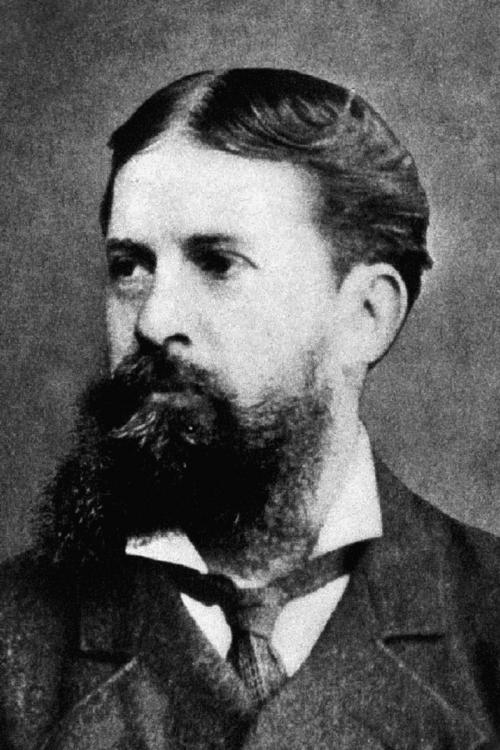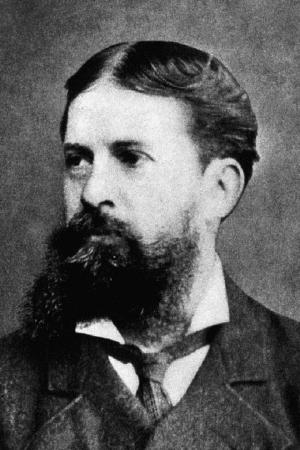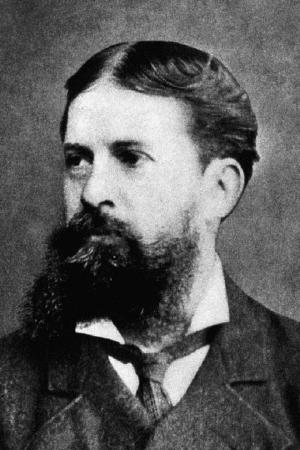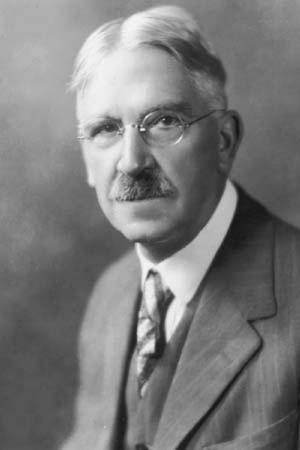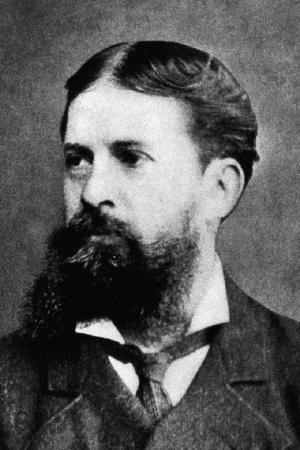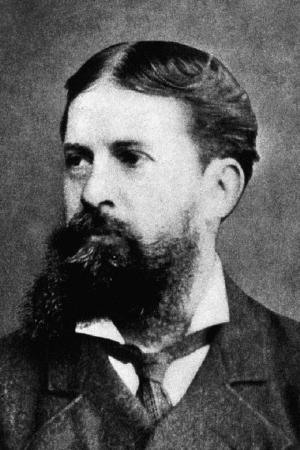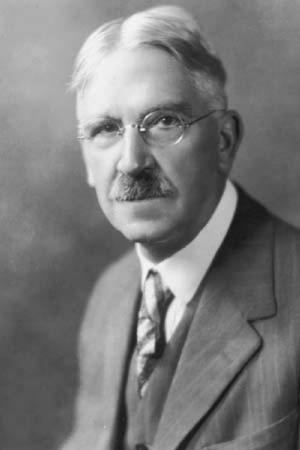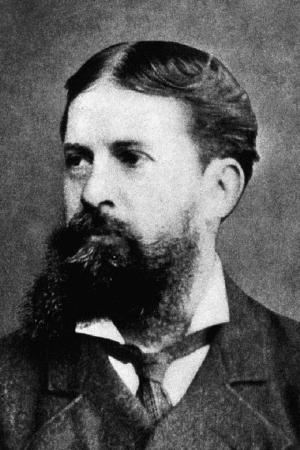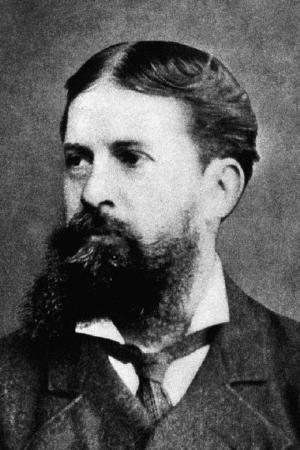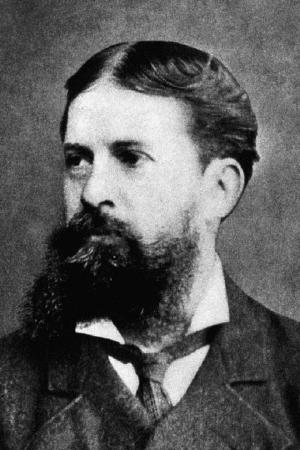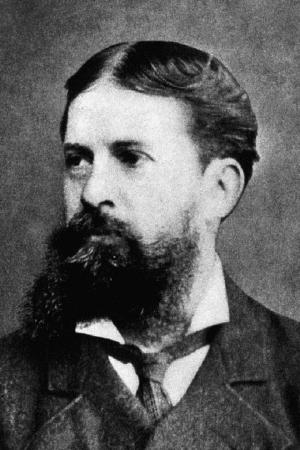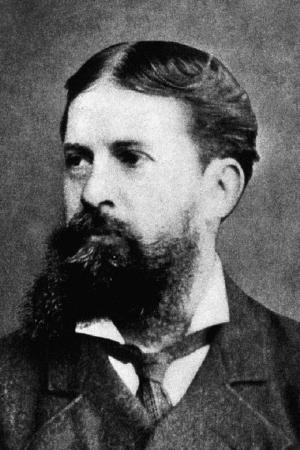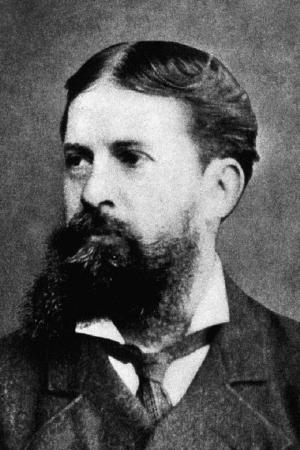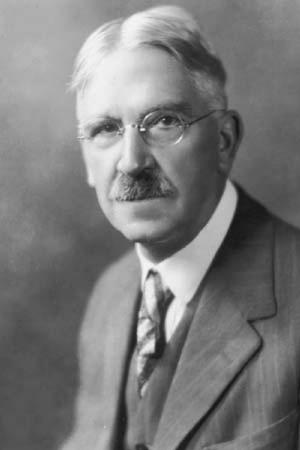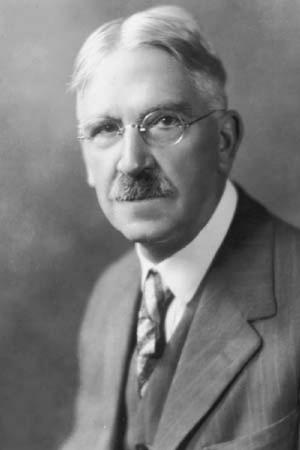Charles Peirce and William James on Pragmatism (Illustrated)
Business & Finance, Economics, Macroeconomics| Author: | Charles Peirce, Timeless Books: Editor | ISBN: | 1230001230390 |
| Publisher: | Timeless Books | Publication: | July 14, 2016 |
| Imprint: | Language: | English |
| Author: | Charles Peirce, Timeless Books: Editor |
| ISBN: | 1230001230390 |
| Publisher: | Timeless Books |
| Publication: | July 14, 2016 |
| Imprint: | |
| Language: | English |
The book has an active table of contents for readers to access each chapter of the following titles:
1. HOW TO MAKE OUR IDEAS CLEAR CHARLES PEIRCE
2. WHAT PRAGMATISM IS - CHARLES PEIRCE
3. ISSUES OF PRAGMATICISM - CHARLES PEIRCE
4. PROLEGOMENA TO AN APOLOGY FOR PRAGMATICISM - CHARLES PEIRCE
5. PRAGMATISM - WILLIAM JAMES
6. THE MEANING OF TRUTH- WILLIAM JAMES
In 1934, Paul Weiss, an American philosopher, the founder of The Review of Metaphysics, and the Metaphysical Society of America, called Charles Peirce "the most original and versatile of American philosophers and America's greatest logician".
Max Fisch, a well-known writer of identity, individuality, responsibility, morality, and political commitment, commented Charles Peirce as the follow:
“Who is the most original and the most versatile intellect that the Americas have so far produced? The answer Charles S. Peirce is uncontested, because any second would be so far behind as not to be worth nominating. He was mathematician, astronomer, chemist, geodesist, surveyor, cartographer, metrologist, spectroscopist, engineer, inventor; psychologist, philologist, lexicographer, historian of science, mathematical economist, lifelong student of medicine; book reviewer, dramatist, actor, short story writer; phenomenologist, semiotician, logician, rhetorician and metaphysician.”
In 1878, Charles Peirce published his foundational paper to Pragmatism and Logic of Science HOW TO MAKE OUR IDEAS CLEAR. In this paper, Peirce outlined a framework of discerning the pattern formed by the three grades of clearness. William James, who was later regarded as one of founders of modern psychology, credited the paper HOW TO MAKE OUR IDEAS CLEAR by Peirce as foundational work to pragmatism.
In 1905, Charles Peirce published his important paper to his theory of Pragmatism WHAT PRAGMATISM IS. In 1905 and 1906, Charles Peirce published his foundational papers to his theory of Pragmaticism ISSUES OF PRAGMATICISM and PROLEGOMENA TO AN APOLOGY FOR PRAGMATICISM. In the papers, Peirce discussed and expressed that Pragmatism was a philosophic school that considered practical consequences or real effects to be vital components of both meaning and truth. Other important aspects of pragmatism include anti-cartesianism, radical empiricism, instrumentalism, anti-realism, verificationism, conceptual relativity, a denial of the fact-value distinction, a high regard for science and evolution, and fallibilism.
William James was one of the most important thinkers of the late nineteenth century and was credited as the father of American psychology. Along with his Harvard classmate Charles Peirce, William James is considered to be one of the pioneers of the philosophical school known as pragmatism. William James is also cited as one of the founders of functional psychology and his work has strongly influenced on Bertrand Russell and Ludwig Wittgenstein.
When William James published PRAGMATISM in 1907 and THE MEANING OF TRUTH in 1909. He identified ‘The Present Dilemma in Philosophy’, a fundamental and apparently irresoluble clash between two ways of thinking about things. He promised that pragmatism would show us the way to overcome this dilemma and showed us its importance. He proceeded in THE MEANING OF TRUTH to explain what Pragmatism can do for us.
This is a must-read collection for comprehending the foundational thoughts of Pragmatism, Logic, and Philosophy by Charles Peirce and William James.
The book has an active table of contents for readers to access each chapter of the following titles:
1. HOW TO MAKE OUR IDEAS CLEAR CHARLES PEIRCE
2. WHAT PRAGMATISM IS - CHARLES PEIRCE
3. ISSUES OF PRAGMATICISM - CHARLES PEIRCE
4. PROLEGOMENA TO AN APOLOGY FOR PRAGMATICISM - CHARLES PEIRCE
5. PRAGMATISM - WILLIAM JAMES
6. THE MEANING OF TRUTH- WILLIAM JAMES
In 1934, Paul Weiss, an American philosopher, the founder of The Review of Metaphysics, and the Metaphysical Society of America, called Charles Peirce "the most original and versatile of American philosophers and America's greatest logician".
Max Fisch, a well-known writer of identity, individuality, responsibility, morality, and political commitment, commented Charles Peirce as the follow:
“Who is the most original and the most versatile intellect that the Americas have so far produced? The answer Charles S. Peirce is uncontested, because any second would be so far behind as not to be worth nominating. He was mathematician, astronomer, chemist, geodesist, surveyor, cartographer, metrologist, spectroscopist, engineer, inventor; psychologist, philologist, lexicographer, historian of science, mathematical economist, lifelong student of medicine; book reviewer, dramatist, actor, short story writer; phenomenologist, semiotician, logician, rhetorician and metaphysician.”
In 1878, Charles Peirce published his foundational paper to Pragmatism and Logic of Science HOW TO MAKE OUR IDEAS CLEAR. In this paper, Peirce outlined a framework of discerning the pattern formed by the three grades of clearness. William James, who was later regarded as one of founders of modern psychology, credited the paper HOW TO MAKE OUR IDEAS CLEAR by Peirce as foundational work to pragmatism.
In 1905, Charles Peirce published his important paper to his theory of Pragmatism WHAT PRAGMATISM IS. In 1905 and 1906, Charles Peirce published his foundational papers to his theory of Pragmaticism ISSUES OF PRAGMATICISM and PROLEGOMENA TO AN APOLOGY FOR PRAGMATICISM. In the papers, Peirce discussed and expressed that Pragmatism was a philosophic school that considered practical consequences or real effects to be vital components of both meaning and truth. Other important aspects of pragmatism include anti-cartesianism, radical empiricism, instrumentalism, anti-realism, verificationism, conceptual relativity, a denial of the fact-value distinction, a high regard for science and evolution, and fallibilism.
William James was one of the most important thinkers of the late nineteenth century and was credited as the father of American psychology. Along with his Harvard classmate Charles Peirce, William James is considered to be one of the pioneers of the philosophical school known as pragmatism. William James is also cited as one of the founders of functional psychology and his work has strongly influenced on Bertrand Russell and Ludwig Wittgenstein.
When William James published PRAGMATISM in 1907 and THE MEANING OF TRUTH in 1909. He identified ‘The Present Dilemma in Philosophy’, a fundamental and apparently irresoluble clash between two ways of thinking about things. He promised that pragmatism would show us the way to overcome this dilemma and showed us its importance. He proceeded in THE MEANING OF TRUTH to explain what Pragmatism can do for us.
This is a must-read collection for comprehending the foundational thoughts of Pragmatism, Logic, and Philosophy by Charles Peirce and William James.
